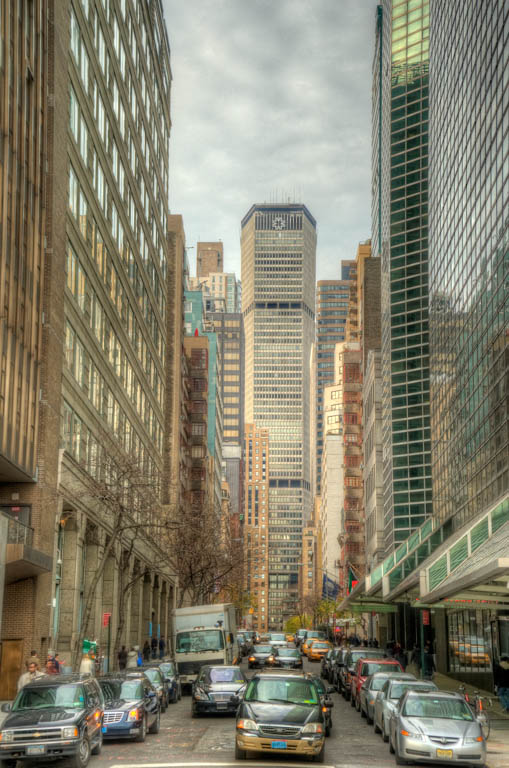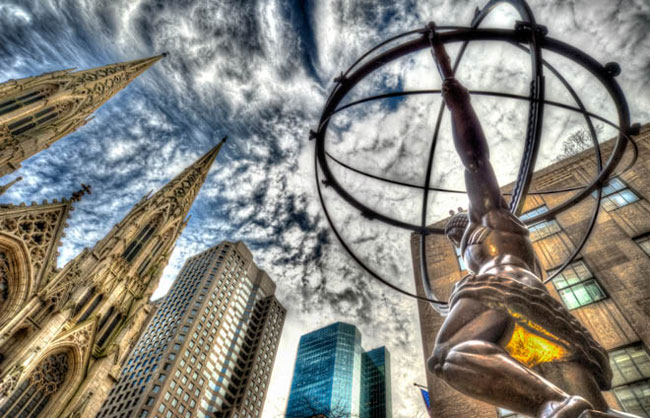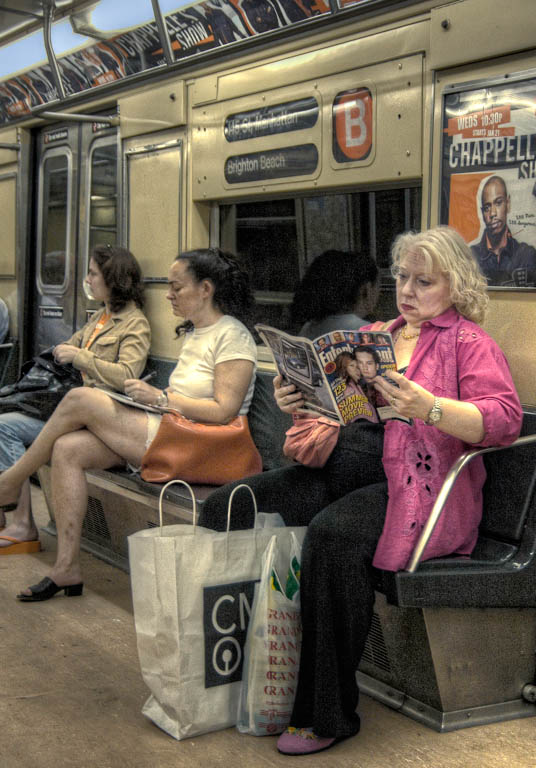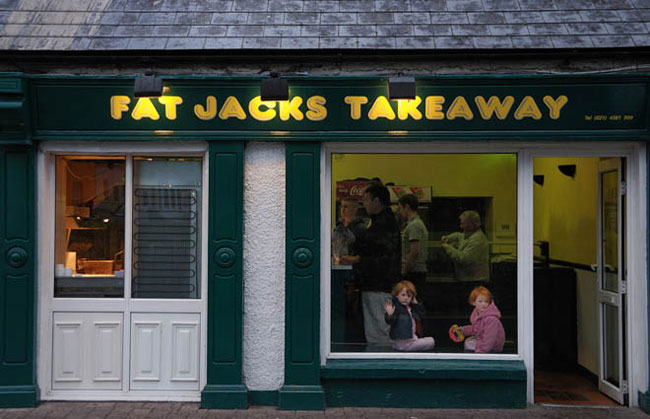 |
 |
Last Updated: Dec 15th, 2012 - 23:02:00 |
Lindsay Silverman started his career as a technical consultant with Nikon at Nikon House in Rockefeller Center before becoming the General Manager. From there, he moved on to various marketing positions within the company. Today, as the Senior Product Lifecycle Manager for Nikkor lenses, speedlights and Nikon accessories, he's proudly celebrating his 26th year with Nikon USA. "Anything that can go on a DSLR, I'm in charge of it," he comments.
 |
| © Lindsay Silverman |
Evolution of Imaging
"I've not only witnessed great, sweeping change within the industry," Silverman observes, "but with the world at large." He's come through the age of great Nikon film cameras with semi-automatic operation to the advent of digital imaging with the introduction of the Nikon D1. "It's quite exciting to see where we've been as a company," he states. "I think there's no better place than where we're at right now. If you look at the current Nikon lineup, these products are astounding in what they can do--great still-image and video capture--whether you're a photojournalist, fine-art or commercial photographer, or even if you're just mom and dad trying to document the family."
 |
| © Lindsay Silverman |
As an avid shooter, Silverman is very passionate about photography. "I have a voracious appetite for taking pictures," he emphasizes. "Back in the old film days, it was very common for me to shoot 15 and 25 rolls of film a week. But digital imaging has opened up so many new doors for me." Now he's able to fine-tune his technique in-camera, such as adjusting flash, exposure and white balance settings. He's also embraced High Dynamic Range imaging in a big way, and says that bracketing images is the most common first step in getting an HDR image. "I do this to layer exposures so that I can bring the most out of a challenging lighting situation," he explains. Photomatix built this functionality into its software. "Photographers can shoot various exposures, and Photomatix takes care of layering them over one another," he says. "Then it's up to the photographer to creatively bring the most out of his/her dynamic range image."
 |
| © Lindsay Silverman |
He uses Photomatix for both multiple image and single-image HDR techniques. He often utilizes Adobe Photoshop, and then brings an HDR image into Nikon's Capture NX 2 software. "This allows me to localize control of sharpening, contrast, tone, saturation, or any other filtering that I want to apply." He does a single-image HDR technique when shooting subjects in motion, because multiple-image bracketing would just result in a blurred image. "Because I shoot RAW files, I go into Capture NX 2 and through its controls, I can overexpose by a stop or two or underexpose one or two stops," he says. "I can have four or five different versions of that RAW image at different exposures." From there, he can bring the images into Photoshop or Photomatix.
Silverman has photographed the streets of New York for nearly 35 years. "I love New York City; it's one of my passions," he says. When he discovered HDR, he shot pictures of objects that piqued his interest and created HDR images. After two years of shooting in and around New York, he found himself organizing his images on his local hard drives. Within an hour and a half, he found about 250 unique city views that he had created with the HDR technique. Sometimes he enjoys creating images that look very natural, in which he's truly bringing out the high dynamic range of a scene, but says that on the other hand, "I do some HDR images that aren't meant to look real or natural whatsoever." When he thinks of New York, he describes it as, "dirty, grimy, gritty, textured, smooth, colorful, dull, fantastic, exciting--this is New York City to me. HDR has helped me explore it in a way I couldn't do before."
 |
| © Lindsay Silverman |
New Developments
When asked about shooting with all the new Nikon gear on the market, he notes, "I've been a most privileged individual." He's had the opportunity to shoot with some products long before anyone else, and works with Nikon engineers and designers to help to fine-tune the features and technology in some of the cameras, based primarily on feedback from the marketplace. "I talk to so many photographers, whether they're advanced, beginner, professional, or enthusiast. People who are passionate about photography are happy to pass along their suggestions."
 |
| © Lindsay Silverman |
Silverman is currently shooting with the new Nikon D7000 DSLR and Coolpix P7000 compact digital and says both are wonderful cameras. "When I do my HDR technique, I use any Nikon D-SLR and now the Coolpix P7000 with auto-bracketing," he adds. When he needs to use a tripod, he does so, although he doesn't always need one to bracket images for HDR. "The faster the burst rate on the camera, the more liberty I can take handholding it to do HDR. So, for many of these images of New York, I'm hand-holding the camera without a tripod."
 |
| © Lindsay Silverman |
His job takes him to some pretty incredible places when he helps out professional photographers on location. "So many people who use our equipment don't work in office buildings," he points out. "An office building for Joe McNally is anywhere where he's on assignment. The office building for B. Moose Petersen is somewhere in nature's wonderland. The office of Bill Frakes is any sporting venue around the world that's of interest to the readers of Sports Illustrated."
Something for Everyone
Silverman recalls the first roll of film he shot in school, and the prints and contact sheets he made in a traditional darkroom. "I've embraced the digital darkroom because I can do it at my leisure," he explains. "I can do so much more with color imagery and software than I ever dreamed of back in the wet darkroom." He says that Nikon has a camera for everyone. "See what fits into your budget, and into your lifestyle as far as features and technology goes," he says. He's also excited about the challenge of multi-media with both still photography and video capabilities in today's DSLRs. He urges people to find the time to learn software and new technology. "Don't just buy it, explore it for a minute and be done with it. There are tremendous things you can do with software these days!"
Learn more about Nikon products.
This article brought to you by PHOTOWORKSHOP.COM. Let us know if you found this article useful and tell us what kinds of articles you'd like to see in upcoming issues. Send your comments and ideas to the editor.
Top of Page
|
|
| |
